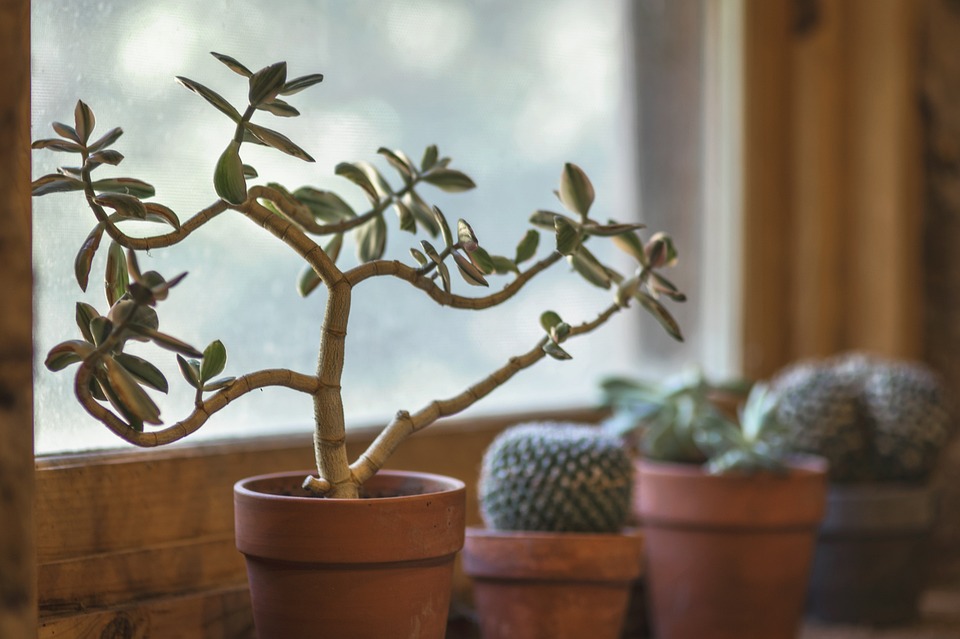Introduction
Indoor vertical gardening is a creative and space-efficient way to bring nature into your home. It involves growing plants vertically, utilizing vertical spaces such as walls or specialized structures. This article will dive into the world of indoor vertical gardening, providing you with insights, tips, and ideas to create your own green haven at home.
The Benefits of Indoor Vertical Gardening
Indoor vertical gardening offers numerous benefits. Firstly, it allows those with limited space, such as apartment dwellers or urban residents, to still enjoy the benefits of gardening. Secondly, it enhances indoor air quality by acting as a natural air purifier. Plants absorb carbon dioxide and release oxygen, improving the overall air quality of your living space. Additionally, indoor vertical gardens can serve as beautiful decor, adding a touch of greenery and natural beauty to any room.
Choosing the Right Plants
Not all plants are suitable for indoor vertical gardening. Select plants that thrive in low-light conditions and have shallow root systems. Some great plant choices include pothos, ferns, spider plants, and succulents. Remember to consider the available light and temperature in your home when selecting plants.
Setting Up Your Indoor Vertical Garden
Before setting up your indoor vertical garden, assess the available space and determine the type of system you would like to use. There are various options, including wall-mounted planters, hanging baskets, and freestanding structures. Once you have chosen a system, prepare the space accordingly by ensuring proper lighting, ventilation, and access to water. It is also essential to use high-quality potting soil and provide adequate drainage for your plants.
Maintenance and Care
Maintaining an indoor vertical garden requires proper care and attention. Regularly check the moisture levels of the soil and water the plants accordingly. Avoid overwatering as it can lead to root rot. Additionally, consider regular pruning, removing dead leaves, and providing appropriate plant nutrition through organic fertilizers. Monitor the overall health of your plants to address any signs of pest infestation or diseases promptly.
Unleashing Your Creativity
Indoor vertical gardening not only provides an opportunity for plant growth but also allows you to unleash your creativity. Experiment with different plant combinations, explore unique containers or wall displays, and play with various colors and textures. Let your indoor vertical garden become a reflection of your personal style and taste, making it an enjoyable and visually appealing part of your home.
FAQs
Q: How much natural light do indoor vertical gardens require?
Indoor vertical gardens generally require moderate to bright indirect light. However, the amount of light needed can vary depending on the specific plants you choose. Refer to the care instructions for each plant and position them accordingly in your home.
Q: Can I grow vegetables in an indoor vertical garden?
Yes, it is possible to grow certain vegetables in an indoor vertical garden. Some popular choices include lettuce, herbs, and cherry tomatoes. Ensure you provide the necessary light, space, and nutrients required for vegetables to grow successfully.
Q: How often should I water my indoor vertical garden?
The watering frequency for your indoor vertical garden will depend on various factors such as the plant type, potting soil, humidity levels, and temperature. It is important to strike a balance and avoid both underwatering and overwatering. Check the moisture level of the soil regularly and water as needed.
Q: Can I use artificial lighting for my indoor vertical garden?
Yes, artificial lighting can be used to supplement natural light or provide the primary light source for your indoor vertical garden. LED grow lights are an excellent choice as they provide the necessary spectrum of light for plant growth while being energy-efficient.




